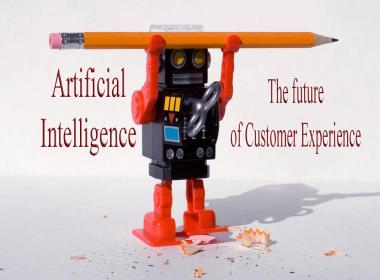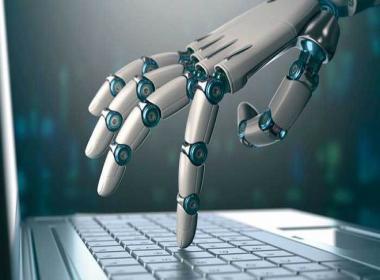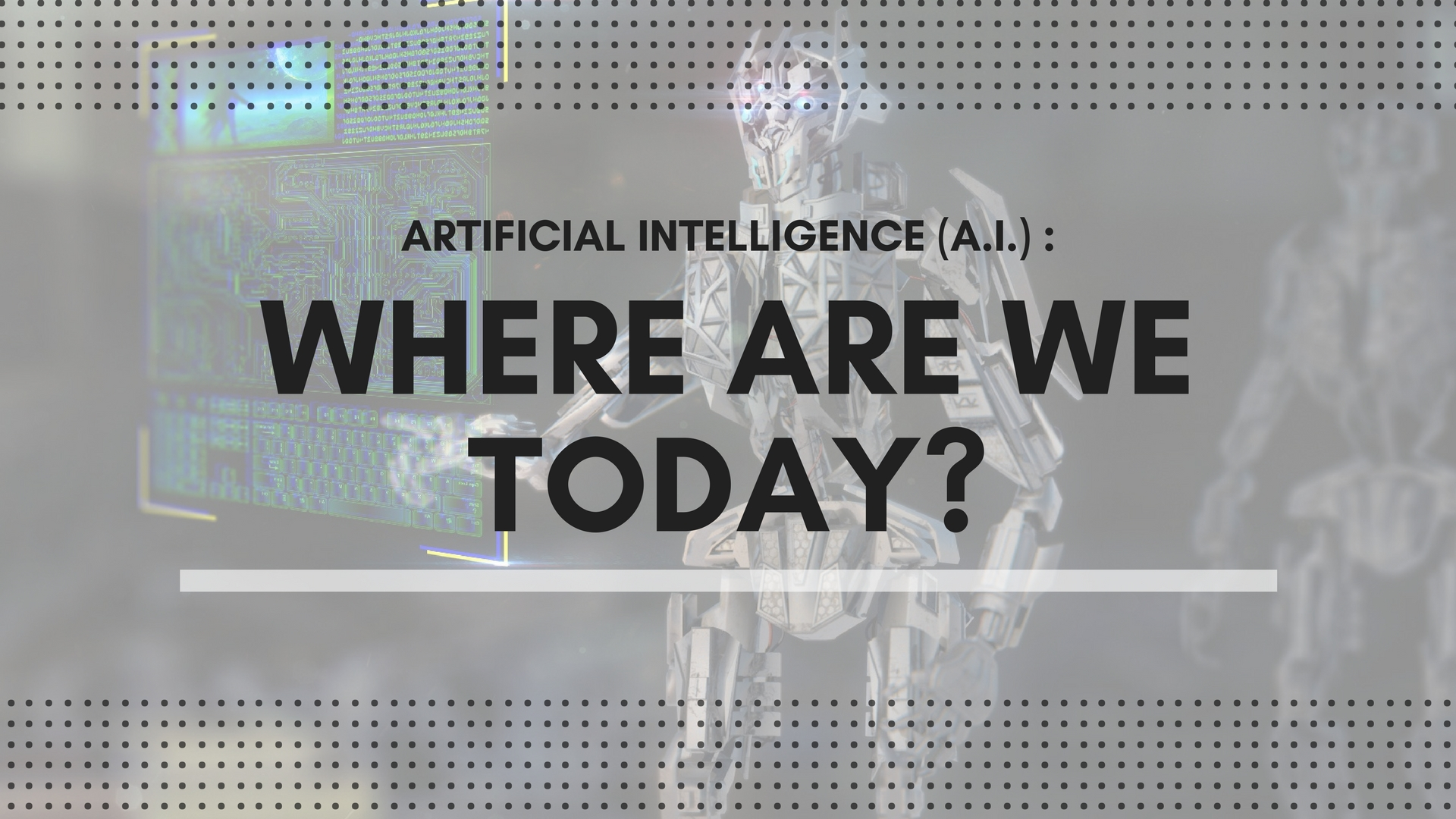
I'm super excited to talk to you today about the present and future of artificial intelligence. Whenever there's a buzzword and a complex subject matter it's usually good to start with a definition but it's actually a little tricky because the definition of artificial intelligence seems to be constantly moving.
We are in the world now where research has actually shifted largely from playing games, which is still an important area and can feature some things - things that we didn't used to consider as that much of high intelligence. Just understanding spoken words seems relatively simple.
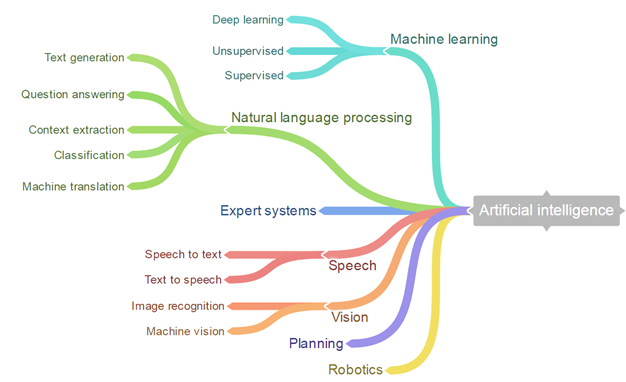
We can all do it but that was actually a hard problem until 2010 when deep learning changed it and is able to make much more progress on this and now we don't call it AI anymore. It's just Siri. It's just a speech recognition software but that was a really hard problem that we weren't able to solve and there's still some tricky issues in research in it.
IMAGE CLASSIFICATION
Another area where deep learning has made a huge amount of progress in recent years is computer vision, namely image classification. One of the most important ideas of recent years in the AI is to have so-called end-to-end trainable models where we take in raw input for instance, the pixels of an image and want to predict a final output for instance is there a cat or a dog or house or clock in that image and so as we put that raw input the pixels into these models they keep trying to learn more and more complex representations.
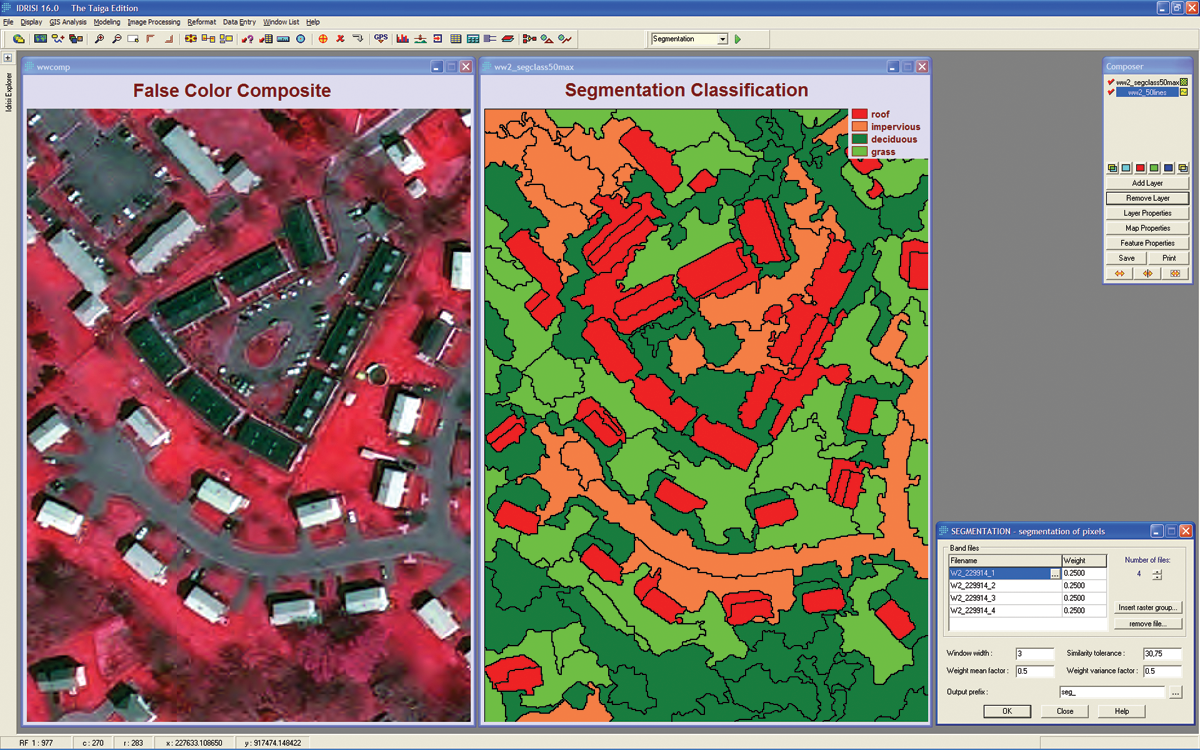
As they start looking at the pixels the first layer might only identify simple edges and blobs which actually turns out to also have good correlation to the early visual cortex in the human brain but then as they go to the next layer they combine these blobs and colors and edges to more complex textures and then as they go further and deeper into these different layers they'll identify object parts and eventually combine those object parts to identify full objects. Now we've actually been able to combine in computer vision even with some language processing and we can do quite amazing things.
ONCOLOGY
In the medical field particular oncology this is a small start-up that actually is automating blood cell counting so you can make very small pricking your finger and you can count blood cells. People actually sit there and for each blood sample count how many red or white blood cells they are now that you can make this much cheaper. You can identify infections and help patients with leukemia and so on.
RADIOLOGY
In general I think radiology will also have a huge impact with AI the problem with radiology is that we need a lot of trained data because unlike in a blood scan or pathology scan you're looking for a thousand different things that could be wrong. In a head CT scan and it will take us a while before we could automate that entire process so for a very long time AI will work together with radiologists to improve that process and in fact we already know that we can identify certain things that can very quickly kill you.
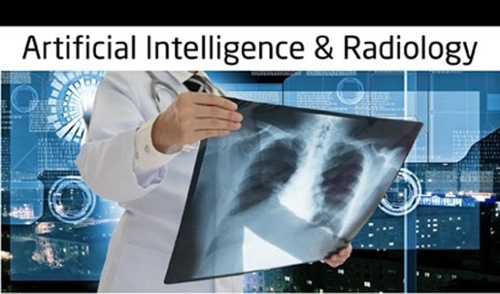
So for instance a stroke or a so called intracranial hemorrhage, brain bleeds, those we can identify very quickly and then without knowing all the other things that might be wrong in a head CT scan we can put those to the top of the queue in an emergency room setting and that can already save lives.
SPEECH RECOGNITION
Now we talked about computer vision and speech recognition as two successes of AI. There are actually still some areas that we're struggling with and that is motor control. In deep learning there are some active areas of research that we still work on and one of them is text summarization. It's actually a really tricky problem. In a model that exists in the past can only generate at most a sentence coherently.
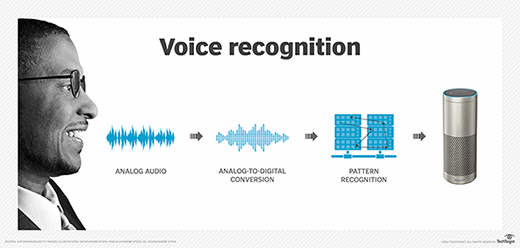
What's fascinating here is the summarization algorithm learned to some cases copy and paste particular words, sometimes entire phrases but sometimes it also picks and chooses which words to pick from which area of the longer document. In order to generate the summary in many cases actually generates coherent longer document summarized summaries and this still remains an open research problem.
POWER LANGUAGE
AI power language capabilities will allow us to improve our communication in the next couple of years where we talk in one language and we listen in another one coming live at the other end. We can improve access to information. In fact, we'll be able to automate most of the basic human needs like food, we can automate farming with computer vision and some simpler robotic control, and we can build houses automatically and so on.
As human intelligence and productivity gets enhanced it will lead us to a future where we can focus on unique and creative tasks and those kinds of tasks that require empathy and where we care for each other and we can basically automate a lot of the boring treachery that is out there.
Also read about:
The Top 5 IoT Trends of 2019
How to Get Desired Results From Digital Marketing Campaign
Boost Your Business Through Adwords In 2019




